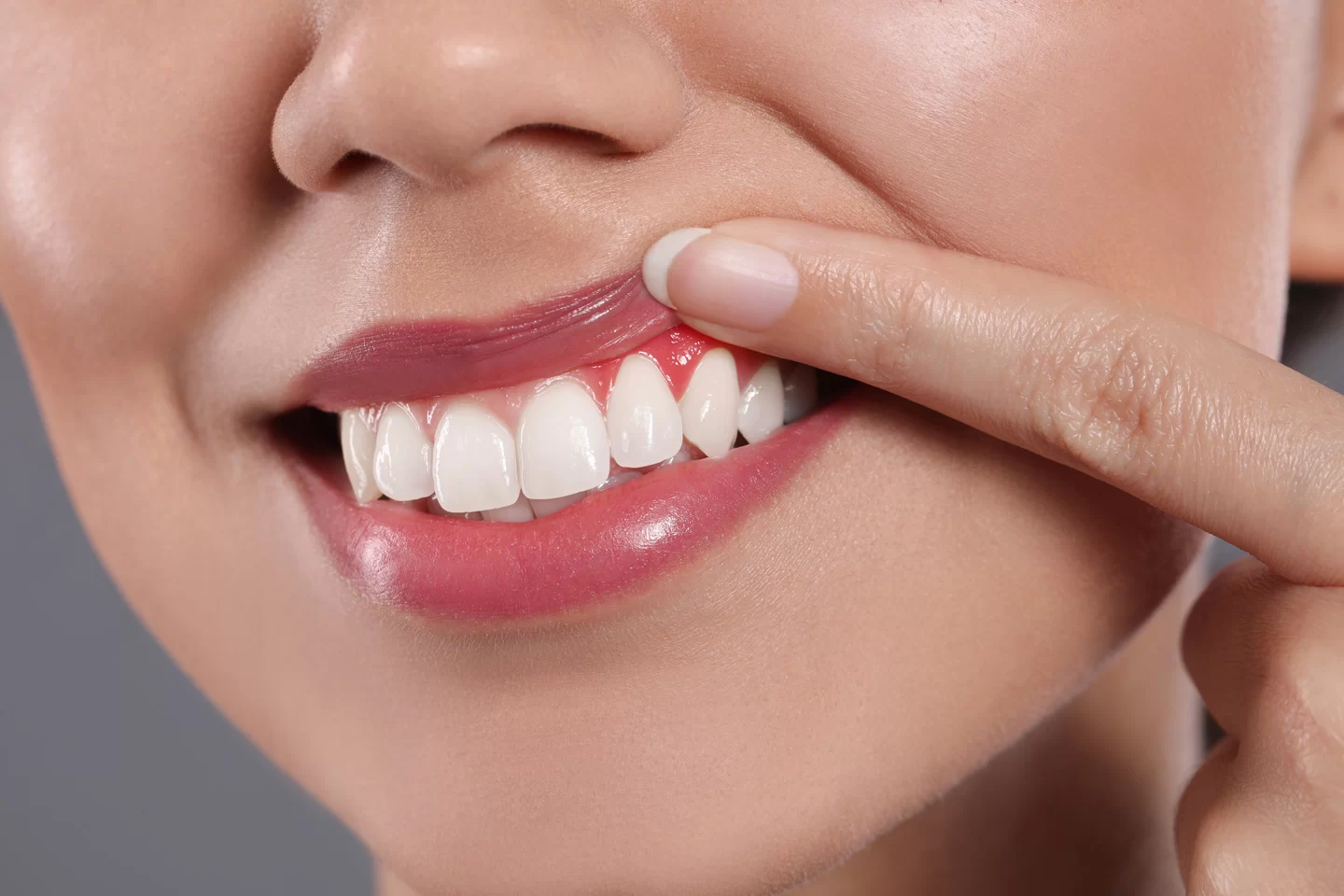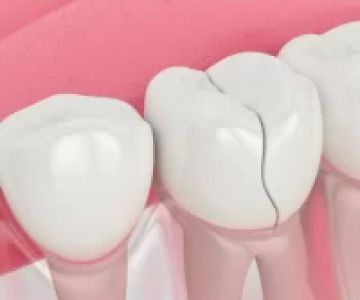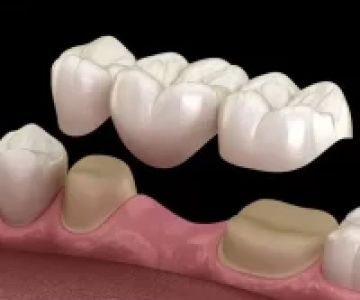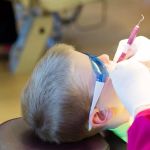
Post-Treatment Care for Gum Disease: Essential Steps for a Smooth Recovery
- Understanding Gum Disease Treatment
- Post-Treatment Care Tips for Gum Disease
- Common Challenges After Gum Disease Treatment
- Real-Life Recovery Stories: Gum Disease Treatment Success
- Where to Learn More About Gum Disease Care







 All Seacoast Dental and Associates3.0 (38 review)
All Seacoast Dental and Associates3.0 (38 review) Smile Academy Pediatric Dentistry4.0 (48 review)
Smile Academy Pediatric Dentistry4.0 (48 review) Kansas City Dental Implants & Oral Surgery4.0 (229 review)
Kansas City Dental Implants & Oral Surgery4.0 (229 review) South Pasadena Dental Group - General Dentist & Cosmetic Dentistry South Pasdena4.0 (76 review)
South Pasadena Dental Group - General Dentist & Cosmetic Dentistry South Pasdena4.0 (76 review) Children's Dental Specialists & Adult Dentistry - Chester5.0 (37 review)
Children's Dental Specialists & Adult Dentistry - Chester5.0 (37 review) First Class Dental PA5.0 (248 review)
First Class Dental PA5.0 (248 review) The Importance of Oral Health Education During Pregnancy for a Healthy Pregnancy
The Importance of Oral Health Education During Pregnancy for a Healthy Pregnancy Best Tips for Brushing Your Teeth Properly for Healthy Gums: Essential Techniques for Oral Health
Best Tips for Brushing Your Teeth Properly for Healthy Gums: Essential Techniques for Oral Health Why Skipping Dental Checkups Can Lead to Bigger Oral Health Problems
Why Skipping Dental Checkups Can Lead to Bigger Oral Health Problems Advantages of Porcelain Dental Restorations
Advantages of Porcelain Dental Restorations How Can Diabetes Cause Tooth and Gum Problems? Preventing and Managing Oral Health Issues
How Can Diabetes Cause Tooth and Gum Problems? Preventing and Managing Oral Health Issues Healthy Habits for Promoting Good Oral Health and Hygiene: Tips for a Healthy Smile
Healthy Habits for Promoting Good Oral Health and Hygiene: Tips for a Healthy Smile